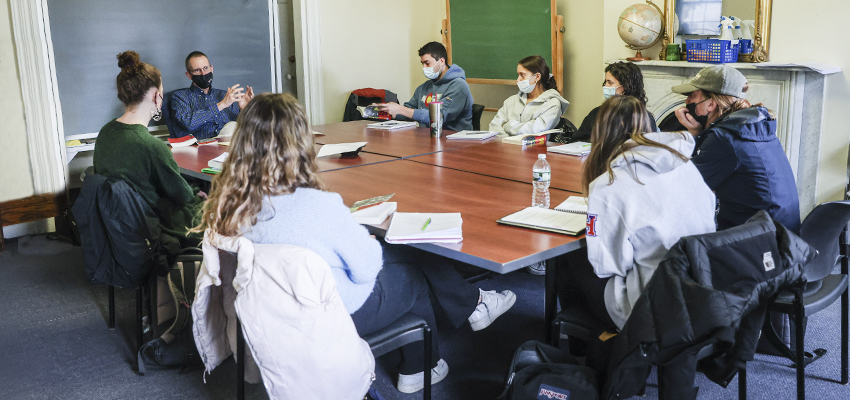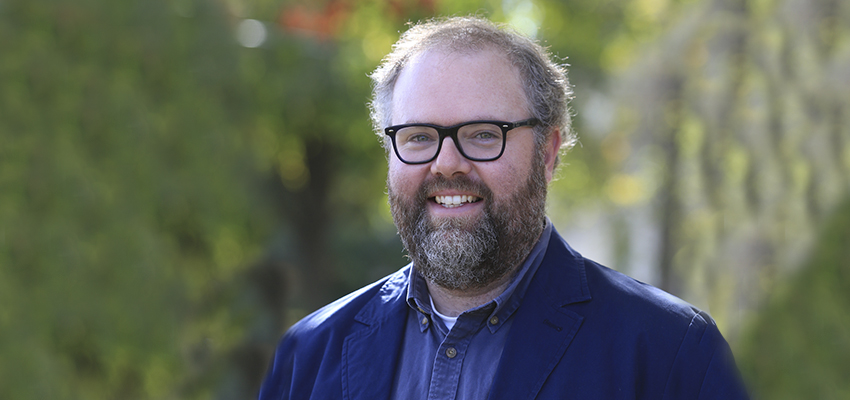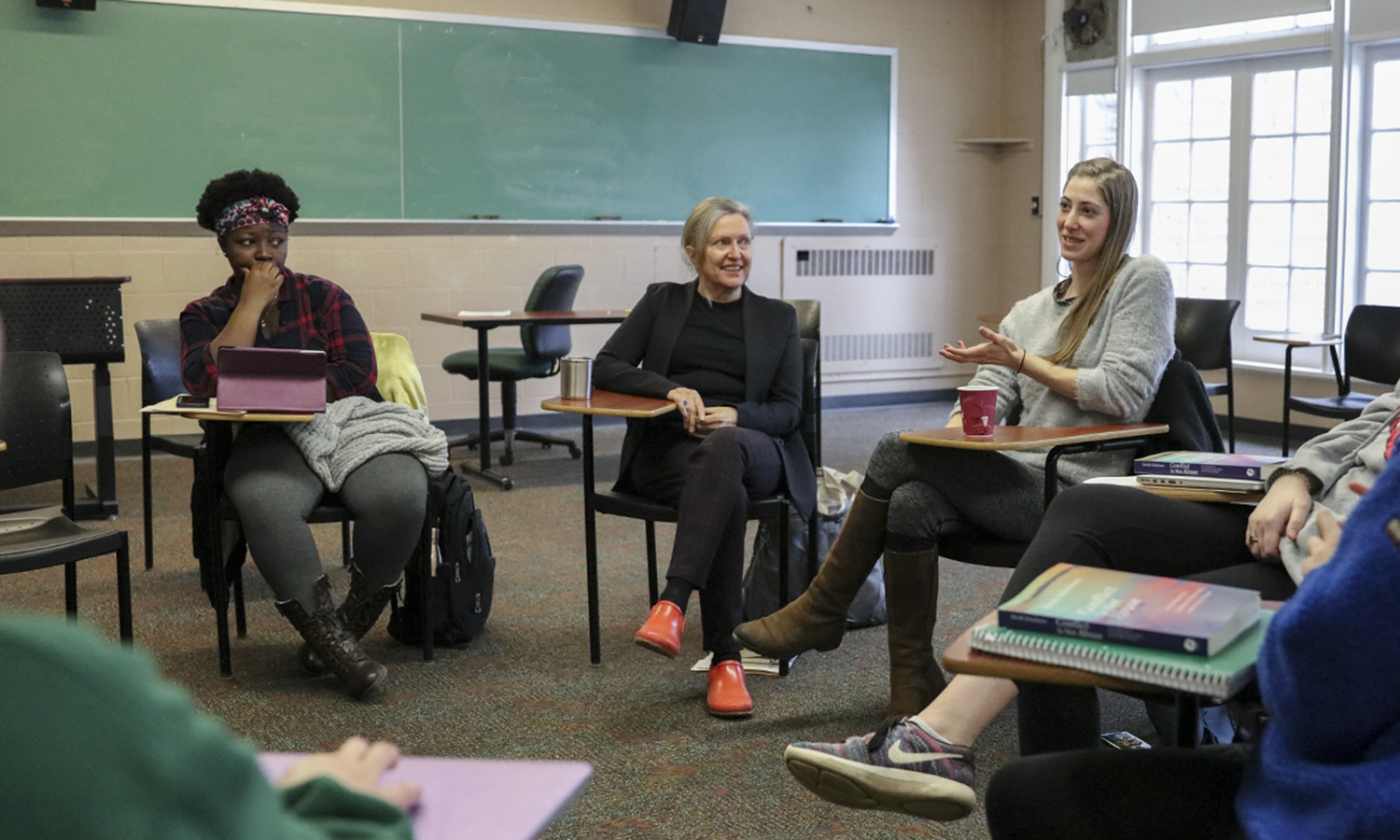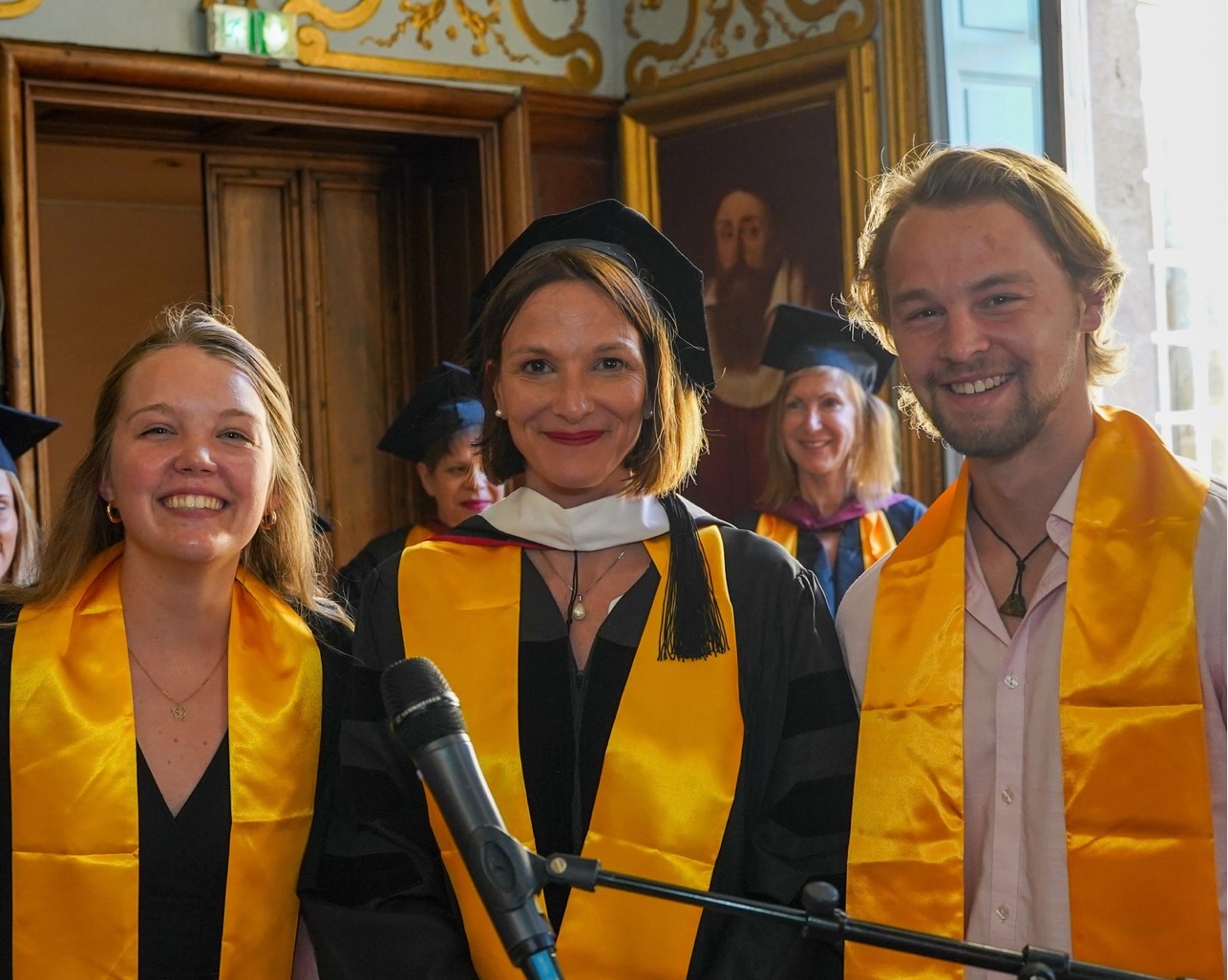
HWS News
29 April 2022 Primary Sources
A history course digs into the Colleges’ past.
Professor of History Clifton Hood admits that titling a course “History of HWS Colleges” was “bait” — a hook to draw students into a class structured around archival research and writing — but it worked. The class filled quickly, mostly with seniors in their final semester who were “intrigued by learning the history of the place literally under their feet, in part, I think, as a way of ending their time as students,” says Hood, the George E. Paulsen ’49 Professor of American History and Government.
The course is living up to its research-intensive billing as students wade into the HWS archives in search of the narratives, told and untold, that have shaped the Colleges. Guided by Archivist Tricia McEldowney and Archives Technician Brandon Moblo, students are poring over precious documents and artifacts from the Colleges’ past.
Relying on diary and yearbook entries by early William Smith students, Quin Kenny ’22 is examining courtship in the early 20th century and “the pressures women felt to marry” — a project inspired by her grandfather’s memories of his years on campus. Kenny, whose father is also a Hobart grad, says the “deep dive” into HWS history, and “what the Colleges were like when my family attended,” has proven to be “enlightening and a great way to connect to them.”
Molly O’Toole ’23 notes that the reading list has helped “situate our research into a larger context,” supplementing archival materials “with historical studies about higher ed and other institutions.” She says the workshop-style classroom critiques — and “the leeway to have fun and explore” — have been especially rewarding as she drafts her essay, examining the impacts of first wave feminism on the founding of William Smith and the coordinate system.
Other projects are looking back at student protests in the ’60s and ’70s, town-gown tensions, the waxing and waning of Episcopal Church’s presence on campus, the Air Force ROTC, the Navy V-12 program and the impact of World War II, the emergence of women’s athletics, the evolution of the Dance Department and the role of campus spaces in shaping social cohesion.
The wide range of topics has spurred “in-depth conversations about HWS and how we would like to see it change for the better,” Kenny says. “By reflecting on the past, we can see how much HWS has grown as an institution…and how much potential it has to grow even more.”



